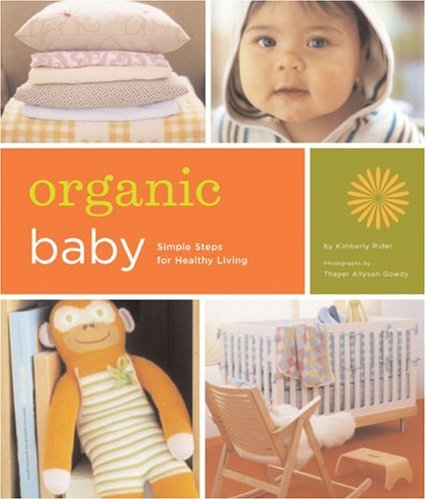I've blogged earlier about my attempts to move away from toxic cleaning supplies and laundry soaps, but with a new baby I've been thinking more about bath and skincare products. Coming home from the hospital, we were given a bunch of freebies from the big baby products giants...some disposable diapers, baby lotion and shampoo, etc. Despite the implied endorsement of the these products by the hospital, a recent study found possible carcinogens in baby toiletries.
So, I'm wary about toxic chemicals in my home, but how should one choose bath, body or baby products? We've been trained to check food labels to avoid high fructose corn syrup and saturated fats. Are there similar ingredients we can learn to avoid in skin care?
I'm no scientist but I've done some reading on this subject and here are some things that make sense to me:
1. Use less: Do you even need it? Can you use a small dot instead of a big "dollop"?
2. Avoid petrochemicals: Why would we put petroleum-based products on our skin? Especially when there are centuries of "research" on using plant-based products with much smaller environmental impact? Propyl-, methyl-, eth- or -ene are prefixes and suffixes that indicate petrochemicals. Mineral oil is also a petrochemical. Many petroleum byproducts are believed to be carcinogenic on their own or as they break down and combine with other chemicals.
3. Avoid parabens: One variety of petrochemicals, parabens, are used as preservatives and antibacterials in creams and lotions. These Nasties are hormone disrupters and probably the reason we have 6-legged frogs, intersex fish, and may be even indicated in human disabilities and diseases.
4. Avoid fragrance: "Fragrance" is undefined and unregulated. Many fragrances are synthetic and may cause headaches, dizziness, allergic reactions, and skin irritation. Fragrances are often used to mask chemical smells and to create "brand identity". When we think babies are "supposed" to smell like a certain product (Baby Magic?) then we've been suckered into the fragrance game.
This list is, by no means, all inclusive. These are just the "easy-to-look-for" and commonly-believed-to-be-harmful items that I look for on a product label. In the next couple of days, I'm going to examine common skin care products for babies and see if they pass or fail my guidelines.
 If you want to go deeper and learn more about nontoxic products, let me recommend the following websites and books that help us understand the substances we put on our precious skin:
If you want to go deeper and learn more about nontoxic products, let me recommend the following websites and books that help us understand the substances we put on our precious skin:--Organic Baby: Simple Steps for Healthy Living by Kimberly Rider; This book, although very simplistic, helped me think about resisting consumerism around all sorts of baby junk, not just skin care. It has a more complete list of Nasties to avoid.
--Safe Mama bills itself as "the original one-stop child safety, product recall, health, wellbeing, non-toxic, eco-conscious resource, for parents". They have cheat sheets that review many different products and I find helpful.
--Skin Deep Cosmetic Safety Database and the Campaign for Safe Cosmetics are websites where you can look at the breakdown of the ingredients of thousands of beauty products and think for yourself about what is acceptable for your skin.
--GoodGuide helps you find safe, healthy and green products.
--Pure Skin: Organic Beauty Basics by Barbara Close; This (library) book has lots of recipes to make your own skin care products (I haven't tried them so this is no endorsement), but also has a chapter on the the products used in the cosmetics industry--both Nasty and Nice.
One last thing:
I heard Poisoned Waters discussed on Fresh Air yesterday and I plan on watching it tonight and recommend you do so too. Our actions through factory farming, pharmeceuticals, and common household products are poisoning our waterways. You can watch it on PBS or on-line.
1 comment:
I bought a great book the other day called The Green Beauty Guide by Julie Gabriel. I liked it because 1) it was current. 2) it suggests some beauty products on the market that are more green/safer than others, but 3) it also had homemade beauty recipes if you are so inclined. There is a pretty large Toxic Ingredients List if you are not sure what something is on a label and if you should avoid it or not. It also has tips on what your skin really needs to be healthy.
Another book from the library is Earthly Bodies & Heavenly Hair by Dina Falconi. This book is all recipes for natural and healthy personal care. There are separate sections specifically for men and babies.
Post a Comment